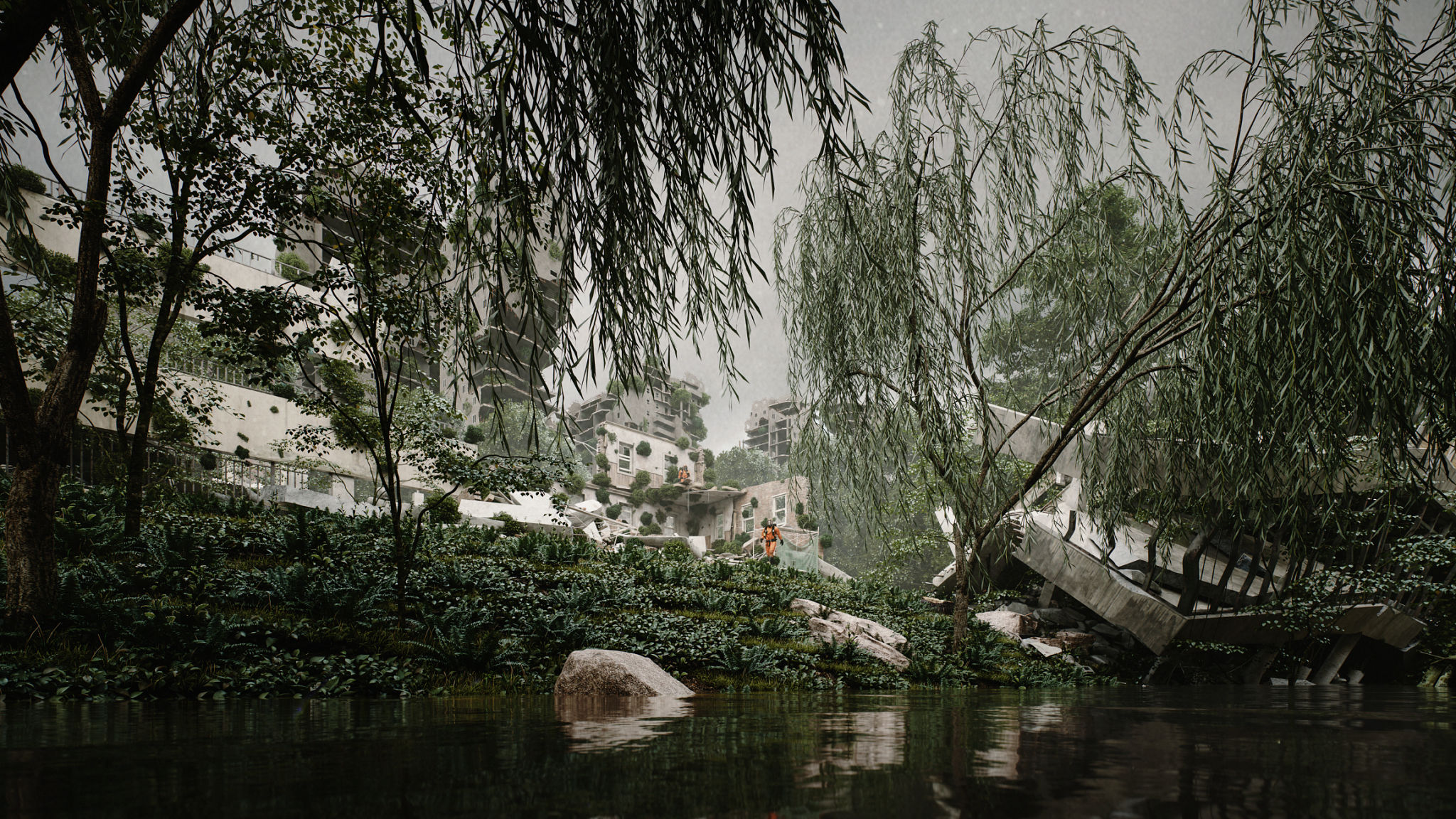Case Study: Transforming a Small Urban Space into a Green Oasis in Chicago
Introduction to Urban Green Spaces
In the bustling city of Chicago, finding a slice of nature amidst the concrete jungle can be a challenge. However, transforming small urban spaces into green oases not only enhances aesthetic appeal but also improves air quality and promotes well-being. This case study explores how one such transformation was achieved, turning a previously underutilized area into a vibrant green haven.
The project took place in a compact urban courtyard, hemmed in by towering buildings. The goal was to create a sustainable and inviting space for residents and visitors alike. With careful planning and innovative design, this vision was brought to life.

Planning and Design Process
The transformation began with a thorough assessment of the existing space. Designers collaborated with local architects to understand the environmental conditions, such as sunlight exposure and wind patterns. This helped in selecting the right types of plants that would thrive in the urban environment.
The design plan focused on maximizing the use of vertical space. By incorporating green walls and tiered planters, the team was able to introduce a variety of plant species without compromising on space. Additionally, the use of native plants ensured minimal maintenance and sustainable growth.

Implementing Sustainable Practices
Sustainability was at the forefront of this project. To conserve water, a drip irrigation system was installed, which efficiently delivers water directly to the plant roots, minimizing wastage. Rainwater harvesting systems were also integrated to further support eco-friendly practices.
The choice of materials played a crucial role in maintaining sustainability. Recycled and locally sourced materials were used for constructing planters and pathways, reducing the carbon footprint of the project.

Engaging the Community
A key aspect of transforming this small urban space was community involvement. Residents were encouraged to participate in the planting process, fostering a sense of ownership and pride in their new green oasis. Workshops and educational sessions were conducted to teach sustainable gardening practices.
This community engagement not only enhanced the overall appeal of the space but also created an opportunity for social interaction and cooperation among neighbors.
Challenges and Solutions
Despite the success of the project, several challenges were encountered along the way. One major hurdle was dealing with limited sunlight due to surrounding high-rise buildings. To address this, shade-tolerant plants were selected, ensuring that greenery could thrive even in less-than-ideal lighting conditions.
Another challenge was maintaining plant health in an urban setting. Regular monitoring and maintenance schedules were established to keep the garden in optimal condition, addressing issues such as pest control and seasonal changes.

The Impact and Future Prospects
The transformation of this small urban space into a green oasis has had a profound impact on the local community. Residents now enjoy a serene environment that provides a respite from city life. Moreover, the project has sparked interest in similar initiatives across Chicago, encouraging other neighborhoods to consider green space transformations.
Looking ahead, there are plans to expand this green oasis concept to other urban areas in Chicago. By sharing insights and strategies from this successful case study, it is hoped that more communities will embrace the benefits of integrating nature into urban settings.